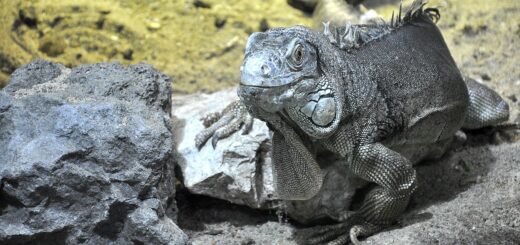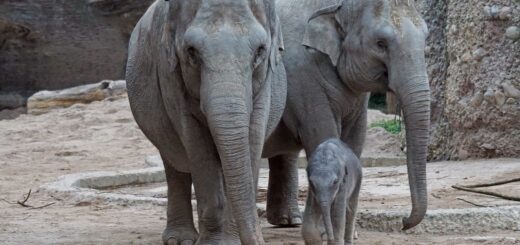Exploring how mineral provision acts as a driver for African elephant (Loxodonta africana) movement, and considering how this could be used to reduce human-elephant conflict (HEC)
Citation
Sach F, Buss PE, Dierenfeld ES, Henley MD, Langley-Evans SC, Swemmer T, Watts MJ, and Yon L. 2019. Exploring how mineral provision acts as a driver for African elephant (Loxodonta africana) movement, and considering how this could be used to reduce human-elephant conflict (HEC). In Brooks M, Freel T, Koutsos E Eds. Proceedings of the Thirteenth Conference on Zoo and Wildlife Nutrition, Zoo and Wildlife Nutrition Foundation and AZA Nutrition Advisory Group, Saint Louis, MO.
Abstract
African Elephant incursion into the Phalaborwa mine, South Africa has resulted in human-elephant conflict (HEC), elephant and human injury and income loss. It is proposed that free-living elephants are attracted to the region surrounding the mine due to the unique mineral provision resulting from the geochemistry of the soil (and plants) in the area. Initial soil analysis data supports the hypothesis that the soil (and plants) within the mining area is higher in minerals such as phosphorus than the soil outside of the mining area. Due to an increasing human population and global intensification of agriculture, African elephants’ face increased contact and conflict with humans. Habitat reduction and fragmentation have forced elephants into increasingly smaller geographical areas, often restricted by fencing or encroaching anthropogenic activities. This causes increased pressures on these areas to meet the animals’ resource needs, presents nutritional challenges to elephants and forces elephants to adapt their movement patterns to meet their needs for specific minerals, potentially bringing them into conflict with humans.
 Sach.pdf 18 KB
Sach.pdf 18 KB








